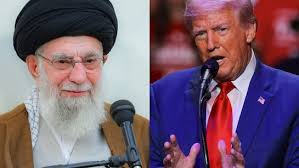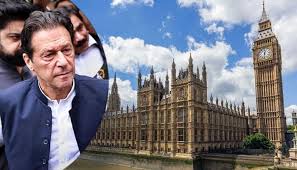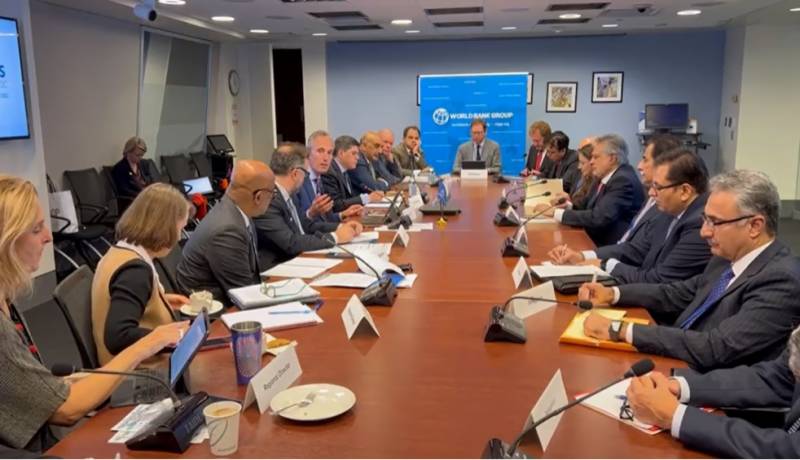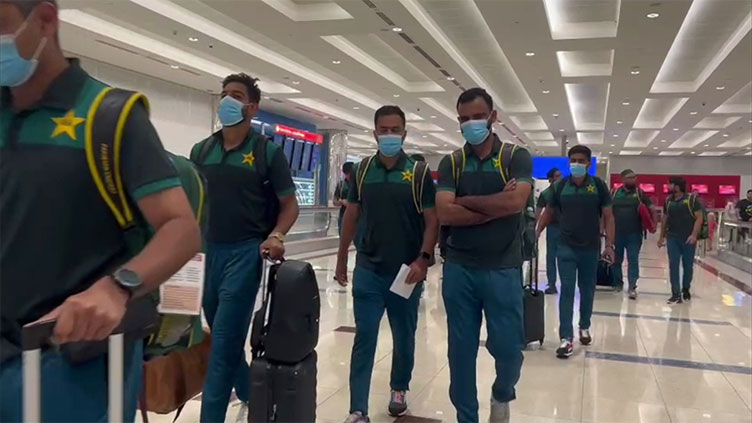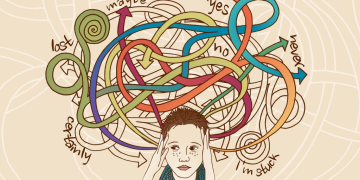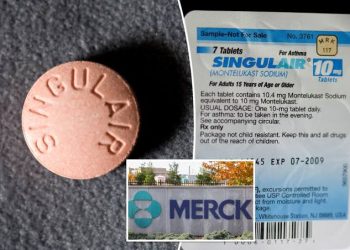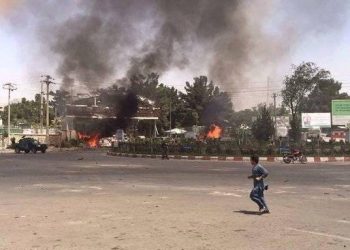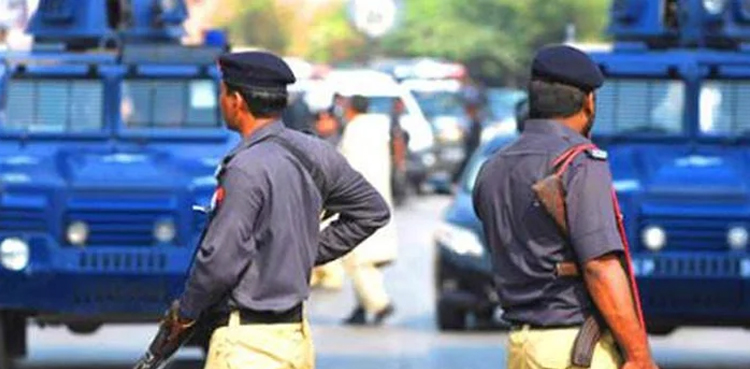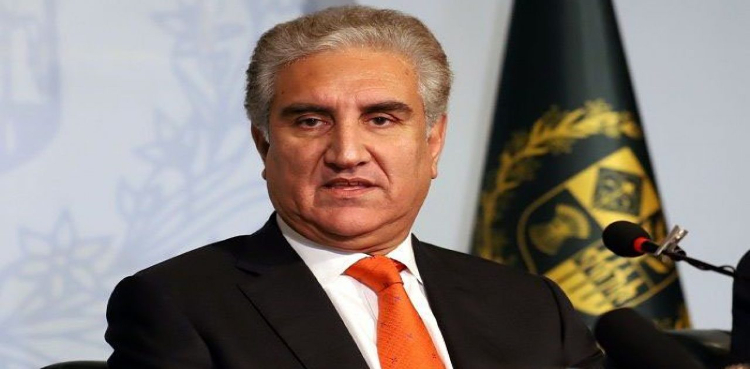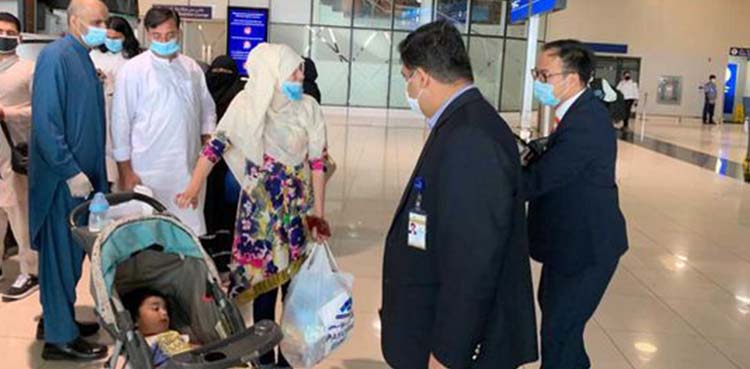WEB DESK
Random market sampling conducted by teams of the Drug Regulatory Authority of Pakistan (DRAP) has shown that since 2012, over 500 drugs, including tablets, infusions, injections, syrups, capsules, suspensions, drops, bandages, creams, and surgical instruments have been found to be either substandard or counterfeit.
According to documents submitted by the federal health ministry in the senate, filed in response to a question posed by Senator Mushtaq Ahmed, the Central Drug Laboratory in Karachi (CDL) tested samples from some 531 drugs, medical equipment and other accessories.
They included products produced by 27 foreign and over 350 domestic pharmaceutical companies and laboratories.
The tests, which included local and multinational products and essential medicine, supplements and even veterinarian medicine, were substandard and counterfeit.
The CDL, the documents showed, had been conducting these tests on directives from DRAP since 2012.
| Year | Substandard Products | Counterfeit Products |
|---|---|---|
| 2012 | 50 | 00 |
| 2013 | 56 | 01 |
| 2014 | 80 | 00 |
| 2015 | 14 | 00 |
| 2016 | 48 | 03 |
| 2017 | 45 | 02 |
| 2018 | 81 | 01 |
| 2019 | 33 | 03 |
| 2020 | 53 | 00 |
| 2021 | 41 | 00 |
| 2022 | 20 | 00 |
Federal Health Minister Abdul Qadir Patel told the upper house of Parliament that DRAP has already sought accreditation and certification from the World Health Organization (WHO) while pursuing Level III certification for the Global Benchmark Tool (GBT), which endorses the systematic regulatory approach of NRA.
Patel further said that the Central Drugs Laboratory (CDL) had been upgraded tremendously in its bid to develop an up-to-date and international-level testing facility.
The health minister said that a national framework for post-market surveillance for eradicating spurious drugs had been developed in July 2019, while memorandums of understanding (MoUs) had been signed with the health departments of provincial governments for the countrywide implementation of the system.
He said that the federal government had also set up a Bar Code System (Serialization) to allow the public to promptly identify counterfeit drugs at every level.
“Patients, retailers, and regulators could easily detect whether a product was genuine or counterfeit by using a smartphone application,” the health minister said. He urged the public to use the feature to spot spurious or counterfeit drugs.





